Introduction: Battle of the Titans
The battle between the iPhone 15 vs Samsung Galaxy S23 continues in the smartphone industry. Every year, both companies launch flagship models with new features that push the boundaries of smartphones. With the launch of the iPhone 15 and Samsung Galaxy S23, we are once again faced with the task of choosing between two premium devices that promise to deliver the best performance, camera quality, and overall experience.
But which one is really worth it? Both phones offer top-tier specifications, but they cater to different preferences, operating systems, and user needs. In this comprehensive comparison, we will evaluate the iPhone 15 and Samsung Galaxy S23 across key categories: design, display, performance, camera, battery life, and more. Our goal is to provide you with a comprehensive guide to help you make an informed decision about which device is better for you in 2025.
iPhone 15 vs Samsung Galaxy S23: Design and Build Quality
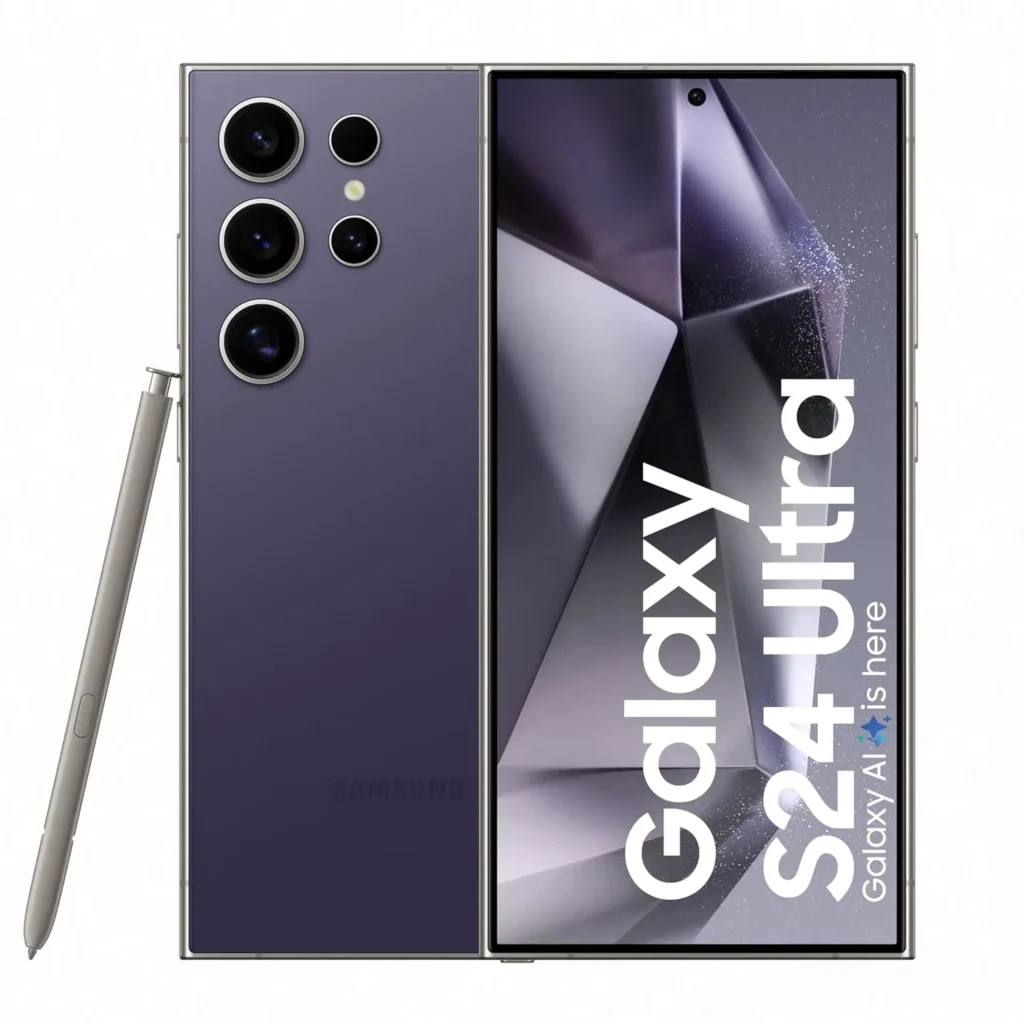
Samsung Galaxy S23 Design
The Samsung Galaxy S23 embraces a clean, minimalist design with a glass front and back and an aluminum frame. Samsung has refined the camera housing, opting for a sleek single-camera island rather than the more bulky multi-camera module seen in previous models. This approach results in a much smoother, more polished appearance. Additionally, the Galaxy S23 is lighter and more compact than many other flagships on the market, making it comfortable to hold and use.
Samsung has opted for premium materials across the board, and like the iPhone 15, the device is protected by Gorilla Glass Victus 2. The IP68 rating ensures it’s resistant to dust and water, making it perfect for the modern-day user who requires durability alongside style.
Key Features:
- Dimensions: 146.3 x 70.9 x 7.6 mm
- Weight: 168g
- IP68 rating for water and dust resistance
- Minimalistic camera design
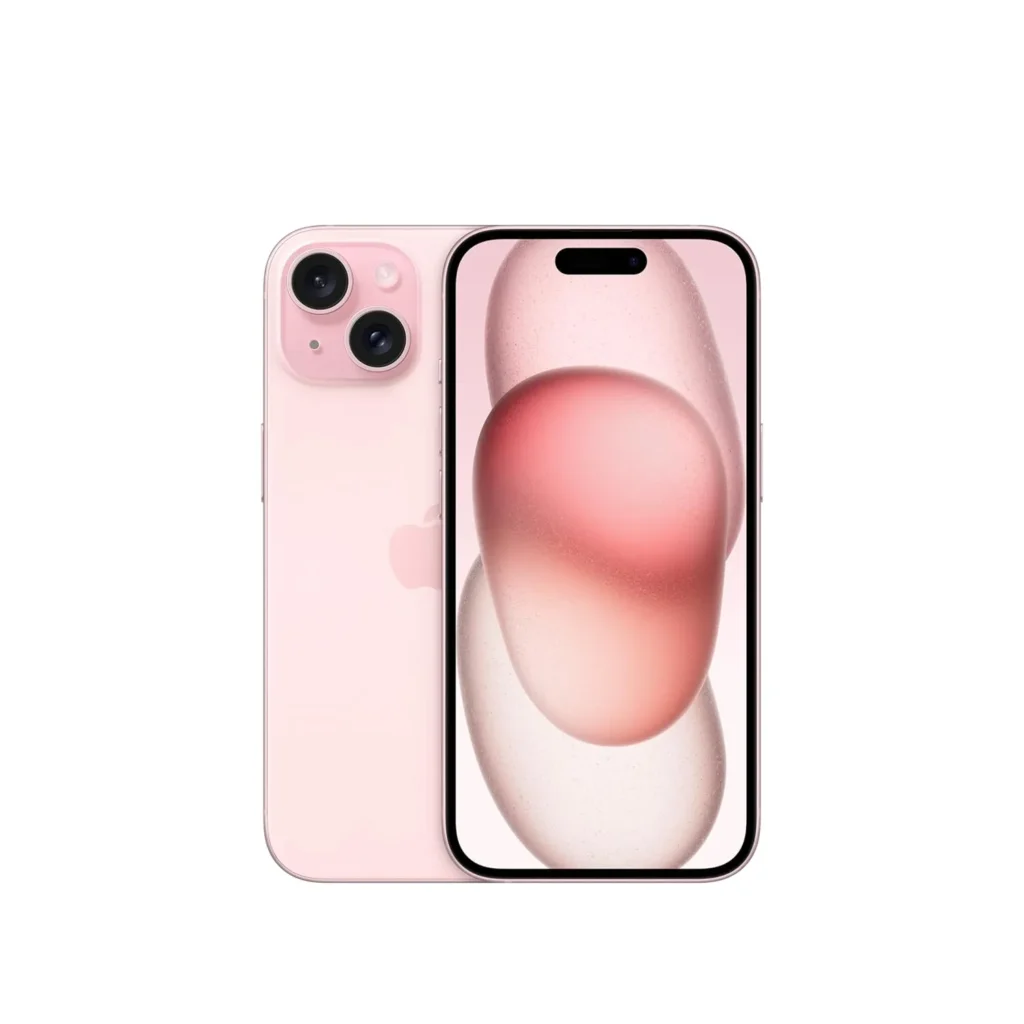
iPhone 15 Design
Apple has always been a leader in the design department, and the iPhone 15 maintains this legacy. The sleek design incorporates flat edges and a premium aluminum frame, giving the phone a sophisticated look and feel. The glass back is coated with Ceramic Shield, a material that Apple claims is tougher than most traditional smartphone glass, ensuring that the device can withstand drops and scratches better than its predecessors.
Apple has introduced the Dynamic Island, which replaces the traditional notch found in earlier models. This unique feature is more than just a design choice—it enhances the user experience by providing an interactive notification area. The iPhone 15 is available in a range of vibrant colors such as black, white, green, blue, and pink, giving you options to personalize your device.
Key Features:
- Dimensions: 146.7 x 71.5 x 7.8 mm
- Weight: 174g
- IP68 rating for water and dust resistance
- Dynamic Island for notifications
Verdict: Both phones offer premium design and top-tier build quality. If you value a sleek, functional design with advanced user interaction, the iPhone 15 might appeal to you more. However, if you prefer a more minimalist look with an emphasis on smooth lines and curves, the Galaxy S23 will win you over.
Display Comparison: iPhone 15 vs Samsung Galaxy S23
iPhone 15 Display
The iPhone 15 features a 6.1-inch Super Retina XDR OLED display, which offers great color accuracy, sharpness, and a high contrast ratio. It is perfect for users who value a natural color palette for media consumption, photography, and web browsing. The display is HDR10 and Dolby Vision enabled, which enhances video playback with deep blacks and vibrant highlights.
While the iPhone 15 offers a great visual experience, it is still limited to a 60Hz refresh rate, which lags behind some competitors in the market. Apple is yet to introduce a 120Hz refresh rate in the non-Pro models, which may disappoint some users who enjoy smooth animations and scrolling.
Display specifications:
Resolution: 2532 x 1170 pixels (~460 ppi density)
Brightness: 800 nits (typical), 1200 nits (HDR peak)
Display type: OLED, HDR10, Dolby Vision
Refresh rate: 60 Hz
Samsung Galaxy S23 Display
Samsung’s Dynamic AMOLED 2X display on the Galaxy S23 is a 6.1-inch panel that delivers exceptional brightness, sharpness, and contrast levels. Samsung’s AMOLED panels have long been regarded as the best in the industry, and this model continues that trend. With a 120Hz adaptive refresh rate, the Galaxy S23 delivers a smooth experience, especially when scrolling through content, playing games, or navigating through apps.
The 120Hz refresh rate allows the phone to dynamically adjust its refresh rate, resulting in lower power consumption and better performance when needed. The Galaxy S23’s display is capable of reaching a maximum brightness of 1750 nits, making it brighter and easier to see in direct sunlight than the iPhone 15.
Display Features:
Resolution: 2340 x 1080 pixels (~425 ppi density)
Brightness: 1200 nits (typical), 1750 nits (max brightness)
Display Type: Dynamic AMOLED 2X, HDR10+
Refresh Rate: 120Hz (adaptive)
Verdict: The Samsung Galaxy S23 is clearly at the forefront of display quality, offering a higher refresh rate, brighter peak brightness, and better outdoor visibility. If you prioritize smooth scrolling and vibrant colors, the Galaxy S23’s display will be your best choice.
Performance: iPhone 15 vs Samsung Galaxy S23

iPhone 15 Performance
The iPhone 15 runs on the A16 Bionic chip, which was first introduced in the iPhone 14 Pro. Built on a 5nm architecture, this chip is still an extremely powerful option, capable of handling heavy multitasking, graphic-intensive gaming, and video editing without breaking a sweat. The A16 Bionic is particularly efficient at power consumption, which contributes to the iPhone’s impressive battery life despite its relatively smaller 3,277mAh battery.
Apple’s hardware and software optimization in iOS 17 make sure that the iPhone 15 operates smoothly even with demanding apps, providing an overall responsive experience. The 6GB RAM is sufficient for most tasks, although it’s on the lower side compared to competitors offering 8GB or more.
Performance Features:
- Chipset: A16 Bionic (6-core CPU, 5-core GPU)
- RAM: 6GB
- Storage: 128GB, 256GB, 512GB
Samsung Galaxy S23 Performance
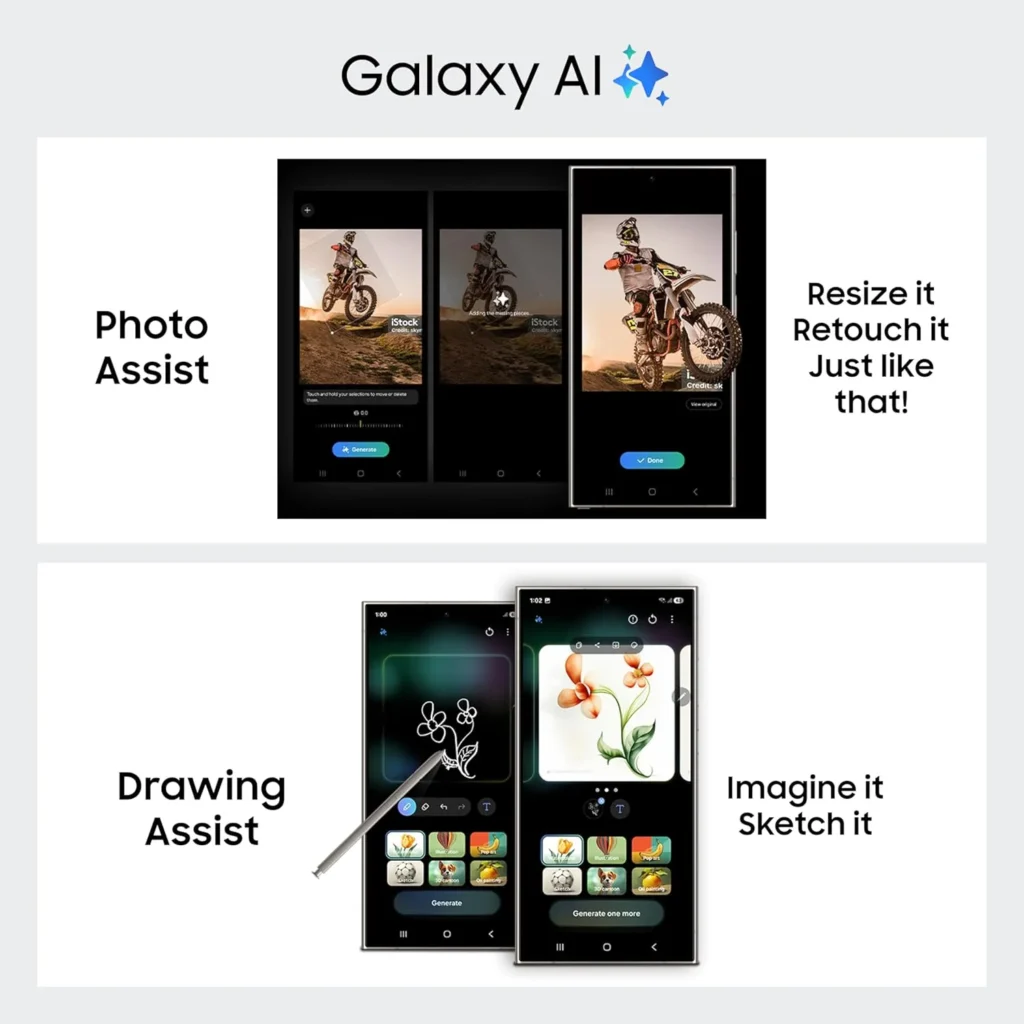
The Samsung Galaxy S23 is powered by the Snapdragon 8 Gen 2 (in most regions) or Exynos 2200 (in a few regions), which is one of the most powerful processors in Android smartphones today. It features 8GB of RAM and provides top-tier performance across various tasks. Whether you’re multitasking, running demanding apps, or gaming, the Snapdragon 8 Gen 2 ensures smooth and lag-free performance.
The Snapdragon 8 Gen 2 is built on the 4nm architecture, offering superior power efficiency and performance. The Galaxy S23 also provides an overall smoother experience thanks to its higher RAM, which helps with multitasking and running apps in the background without issues.
Performance Features:
- Chipset: Snapdragon 8 Gen 2 (or Exynos 2200, depending on the region)
- RAM: 8GB
- Storage: 128GB, 256GB, 512GB
Verdict: The Snapdragon 8 Gen 2 chipset in the Galaxy S23 gives it a slight edge in terms of overall processing power, efficiency, and multitasking. However, the A16 Bionic chip in the iPhone 15 is still a beast and remains a close competitor.
Camera Comparison: iPhone 15 vs Samsung Galaxy S23
iPhone 15 Camera

The iPhone 15 comes with a dual-camera system: a 48MP wide sensor and a 12MP ultra-wide sensor. Apple’s camera system has been a hallmark of the brand, offering excellent color accuracy and superior image processing. With the help of Deep Fusion and the Photonic Engine, the iPhone 15 excels in low-light photography, retaining details and minimizing noise in even the most challenging lighting conditions.
Apple’s video recording is exceptional, supporting 4K Dolby Vision HDR, which sets it apart from other smartphones for content creators and videographers.
Camera Features:
- Main Camera: 48MP (wide)
- Ultra-Wide Camera: 12MP
- Front Camera: 12MP (TrueDepth for Face ID)
- Video: 4K Dolby Vision HDR
Samsung Galaxy S23 Camera
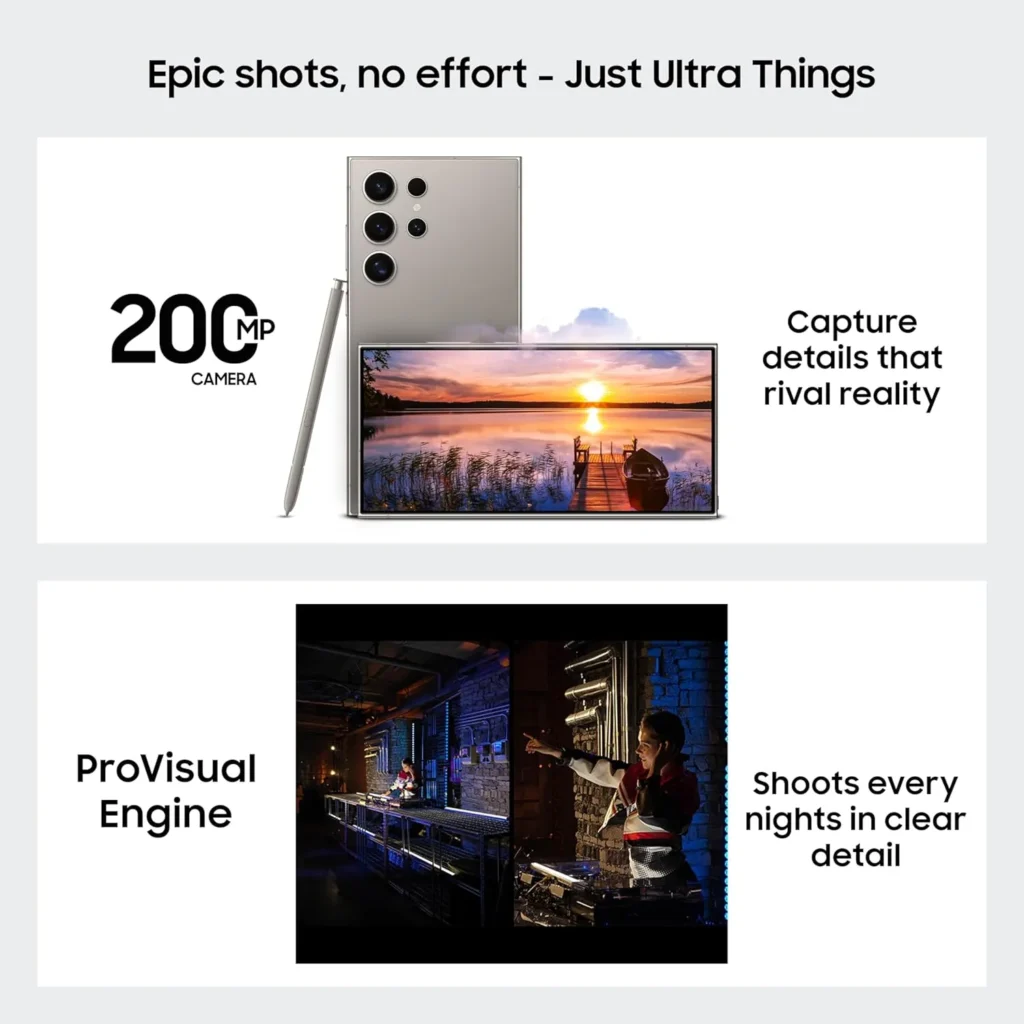
The Samsung Galaxy S23 sports a 50MP wide sensor, a 12MP ultra-wide sensor, and a 10MP telephoto lens that offers 3x optical zoom. This setup gives it a considerable edge in terms of versatility, allowing for better zoomed-in shots and enhanced depth of field control.
Samsung’s camera system is renowned for producing vibrant, high-contrast images, and it is also capable of 8K video recording—a feature that the iPhone 15 lacks. The telephoto lens on the Galaxy S23 provides a level of zoom clarity that’s not available in the iPhone 15.
Camera Features:
- Main Camera: 50MP (wide)
- Ultra-Wide Camera: 12MP
- Telephoto Camera: 10MP (3x optical zoom)
- Front Camera: 12MP
- Video: 8K video recording, 4K at 60fps
Verdict: If you’re a fan of zoom photography or video recording, the Samsung Galaxy S23 is the better choice with its 8K video recording and versatile telephoto lens. However, the iPhone 15 still stands strong in color accuracy, low-light performance, and overall video recording quality.
Battery Life: iPhone 15 vs Samsung Galaxy S23
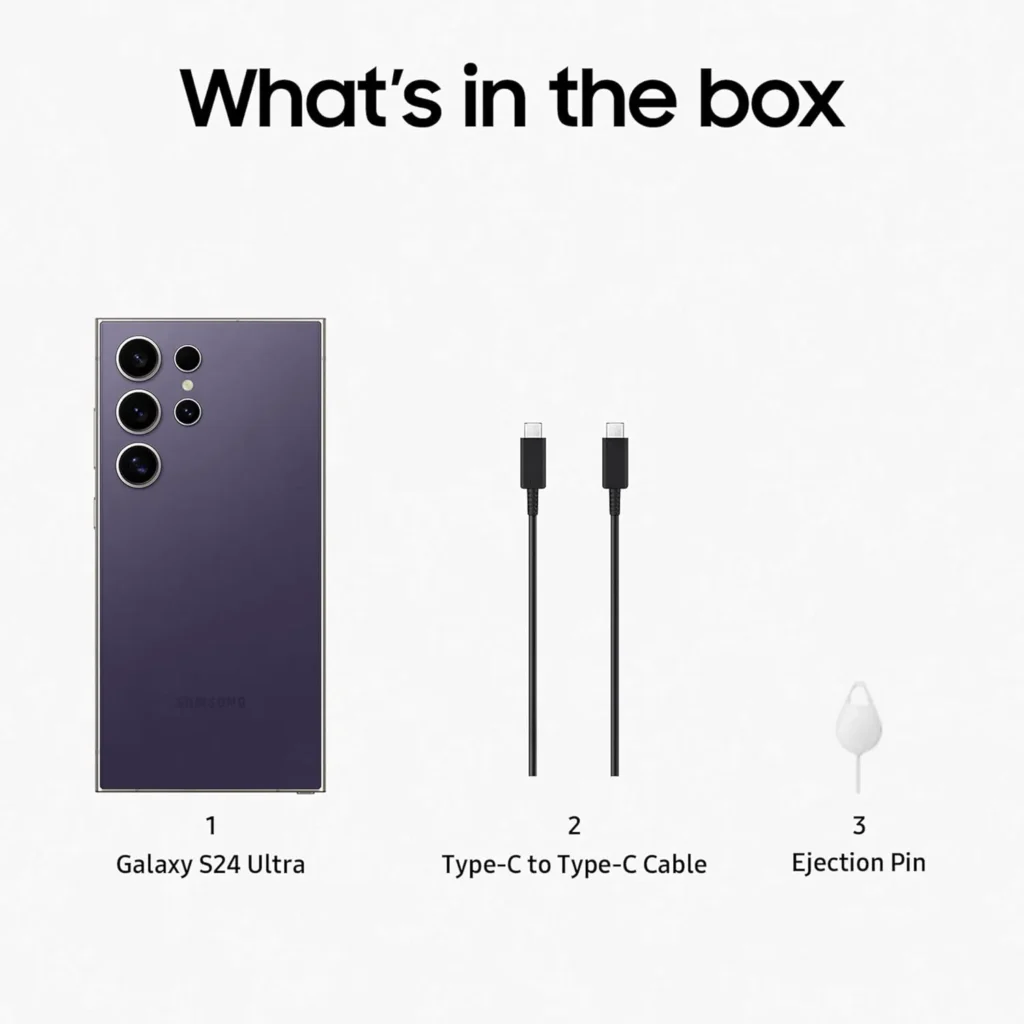
Samsung Galaxy S23 Battery Life
The Samsung Galaxy S23 is equipped with a 3,900mAh battery, and its efficient Snapdragon 8 Gen 2 chipset ensures that users get through the day without worrying about battery drain. The adaptive refresh rate also contributes to energy efficiency, allowing the device to manage battery usage depending on the task. Users can expect up to 22 hours of video playback on the Galaxy S23.
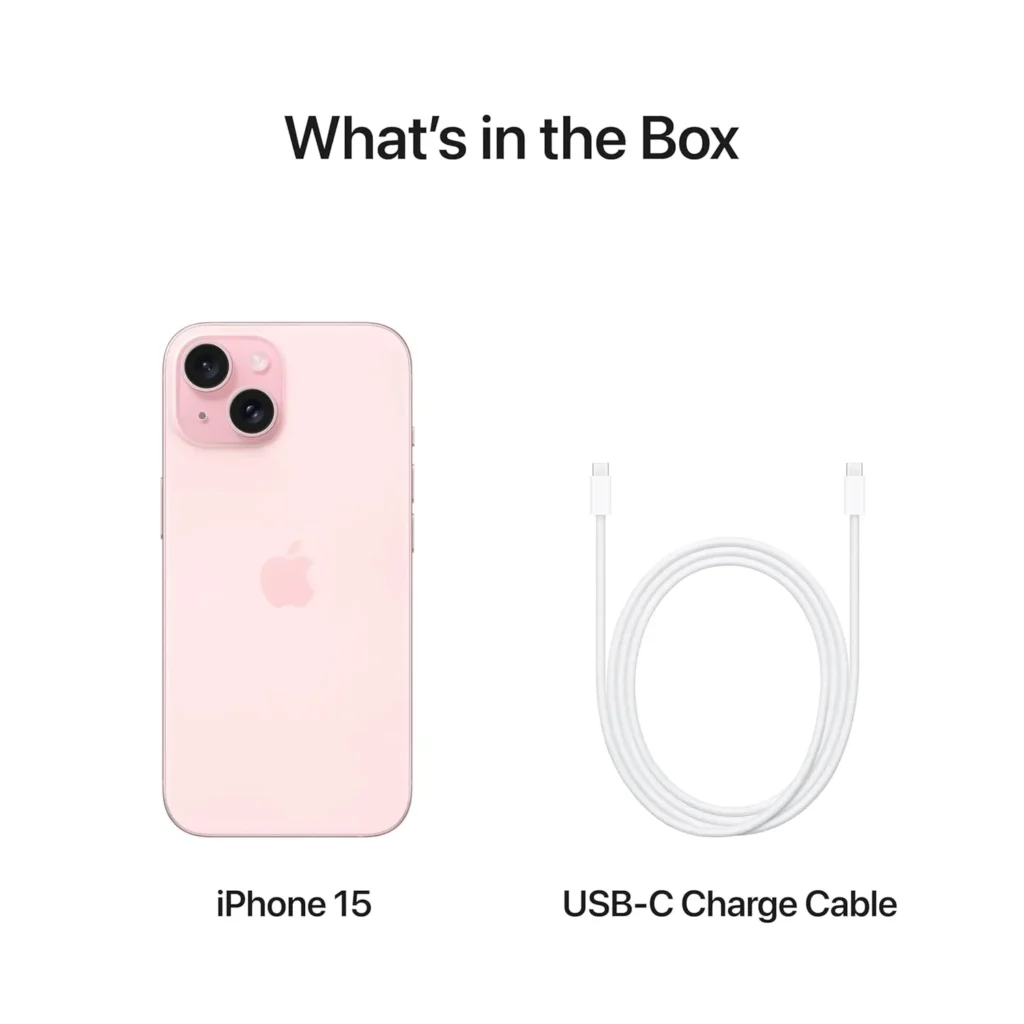
iPhone 15 Battery Life
The iPhone 15 houses a 3,277mAh battery, which is optimally paired with the A16 Bionic chip to offer all-day battery life. Apple has optimized iOS 17 to manage power consumption, providing up to 20 hours of video playback. With moderate use, you can expect the iPhone 15 to last through the day without needing a recharge.
Conclusion: Which One Is Worth It?
Both the iPhone 15 and Samsung Galaxy S23 offer exceptional features that cater to different types of users. The iPhone 15 excels in video recording, camera accuracy, and Apple ecosystem integration, while the Galaxy S23 stands out for its smooth 120Hz display, zoom camera, and advanced hardware.
Ultimately, the choice comes down to your personal preferences, ecosystem, and the features you prioritize most. For users who value video quality, color accuracy, and Apple’s ecosystem, the iPhone 15 remains a top choice. If you’re looking for better battery life, a more versatile camera setup, and a smooth display experience, the Galaxy S23 offers an equally compelling argument.
Whichever device you choose, you’re guaranteed a premium smartphone experience that won’t disappoint.

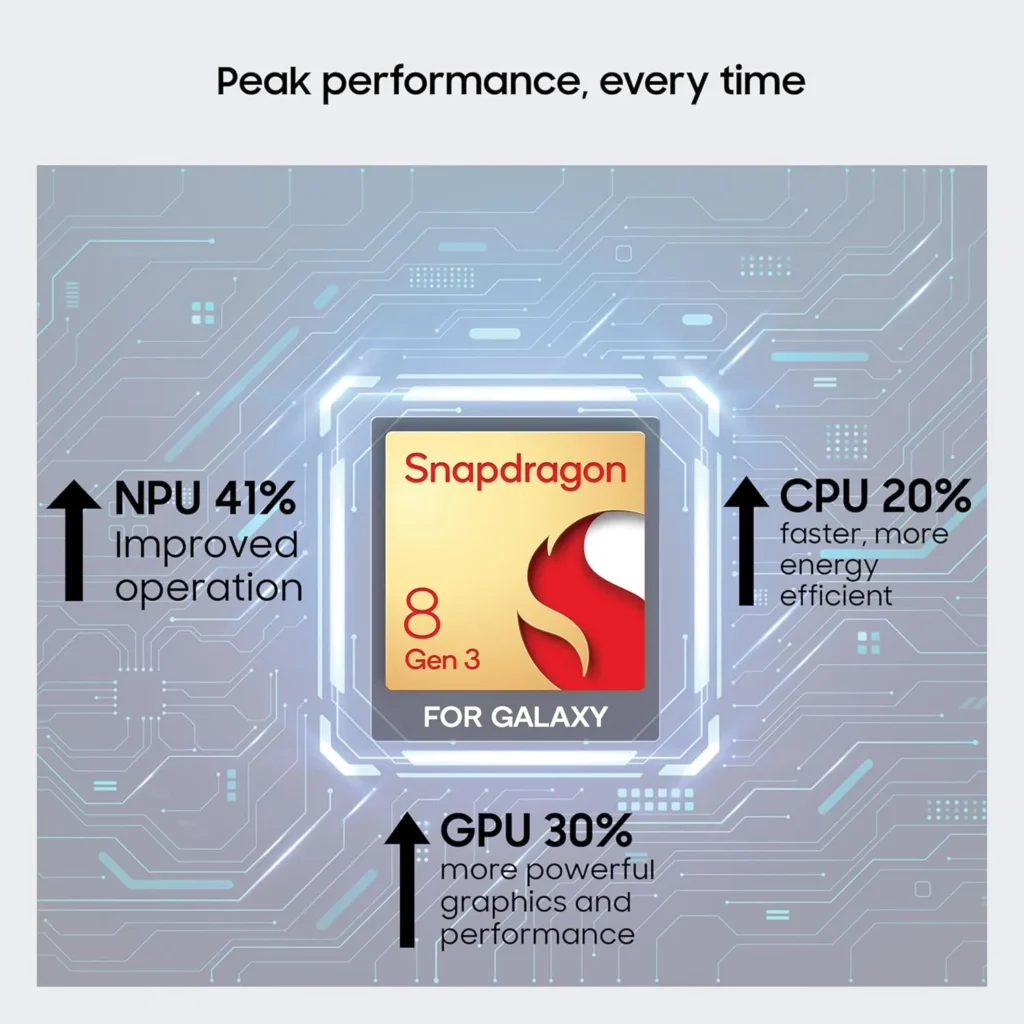
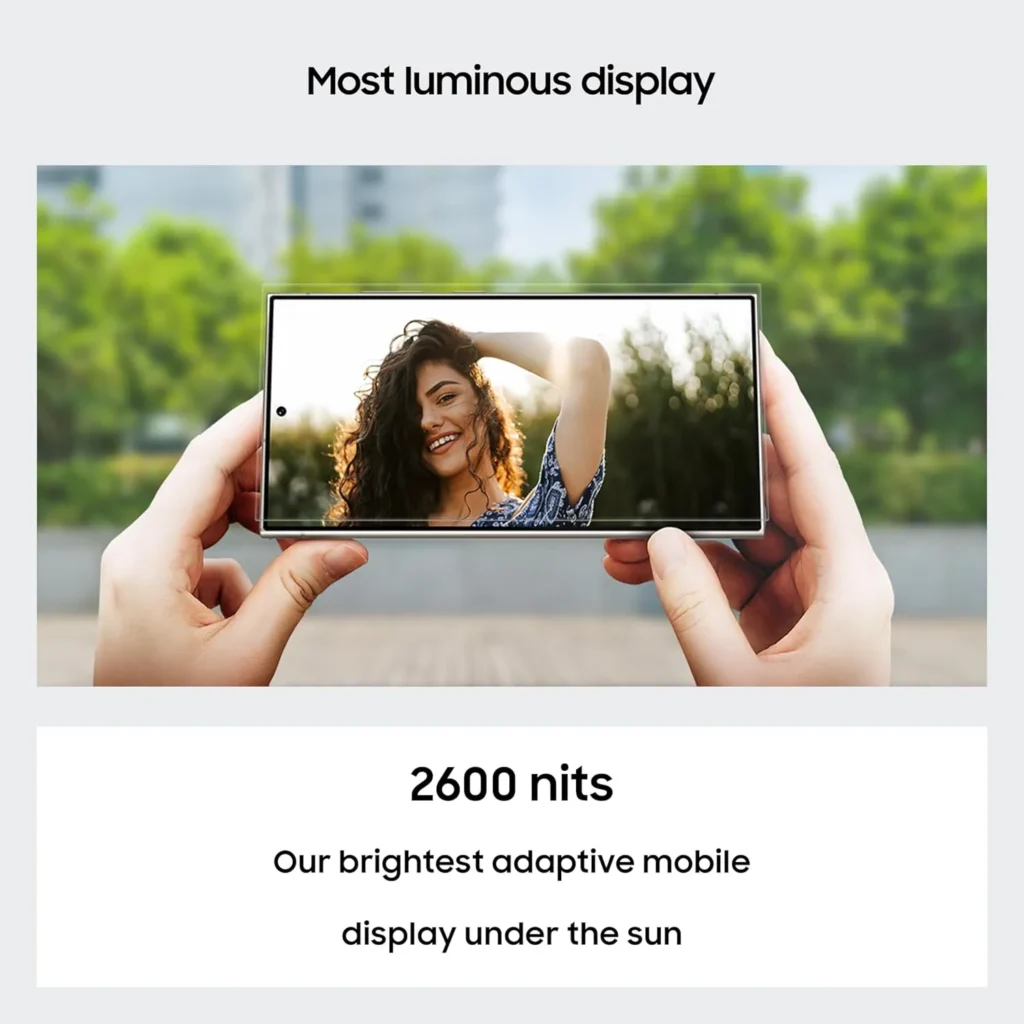
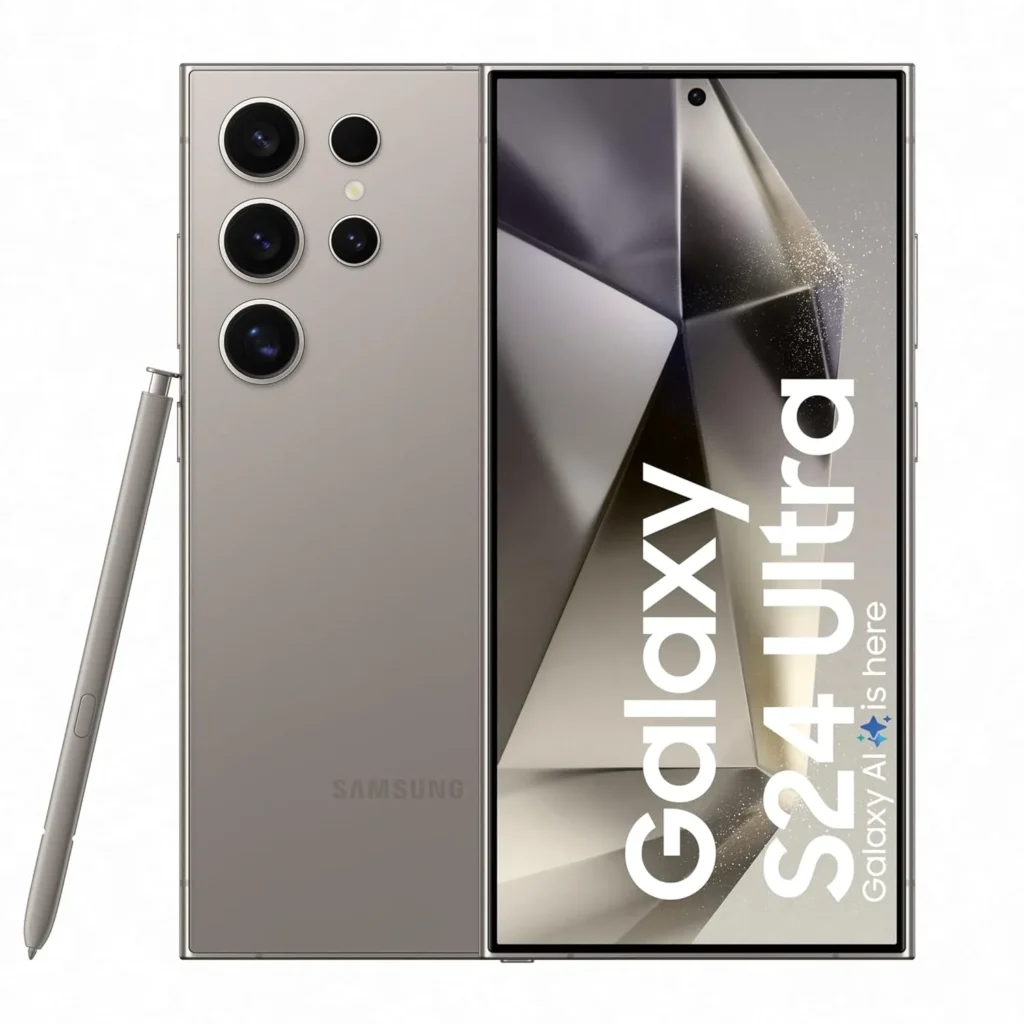
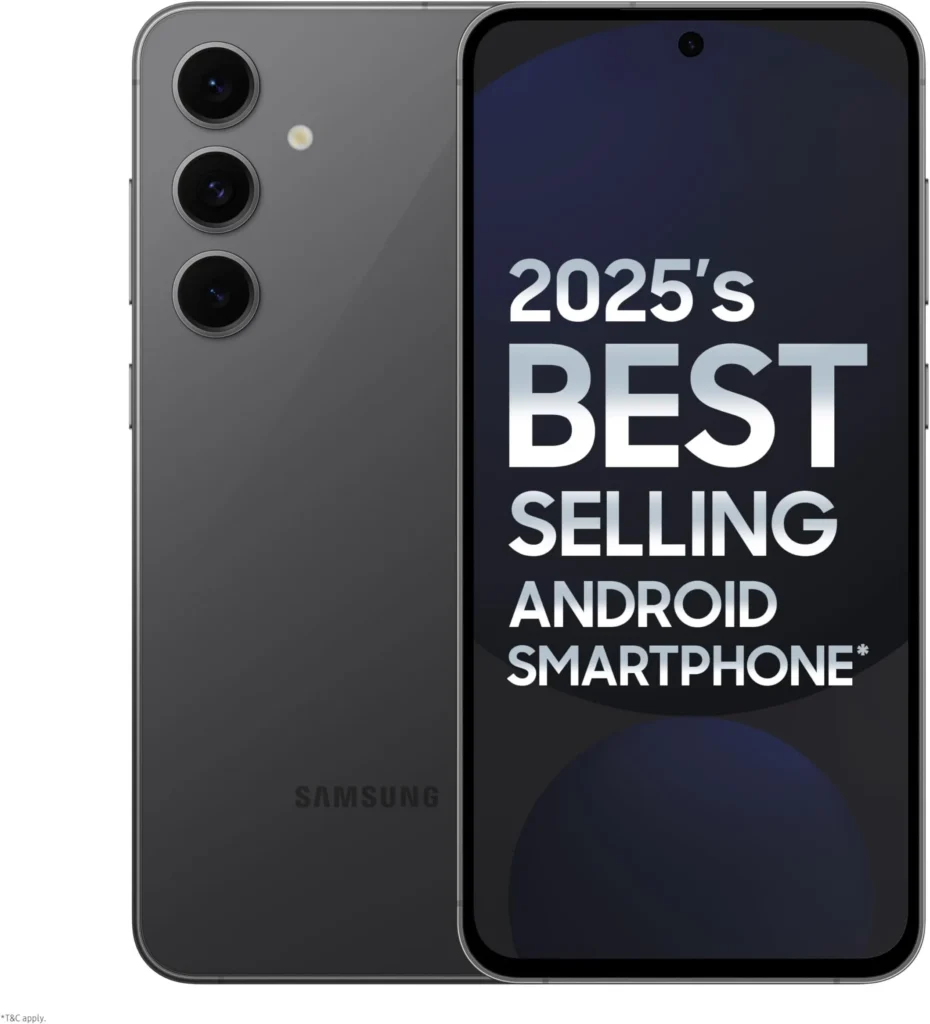
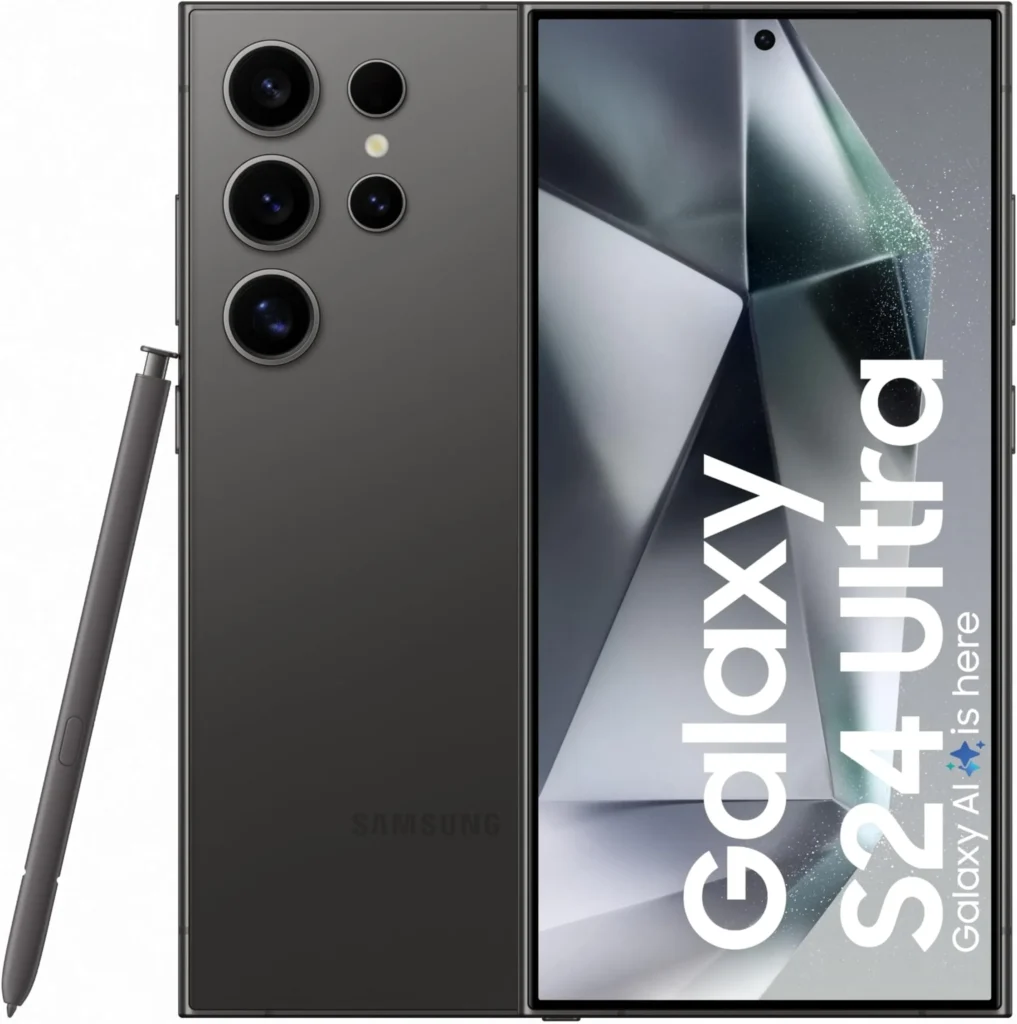
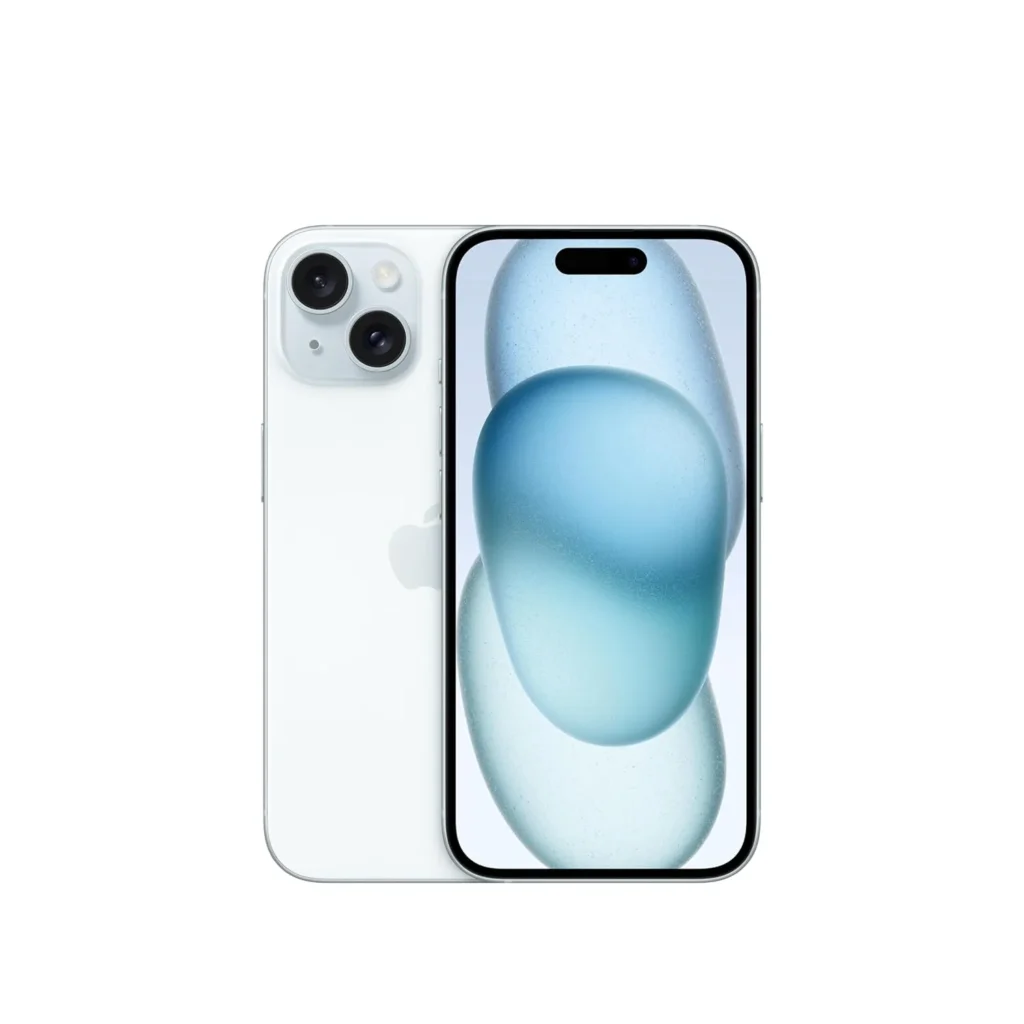
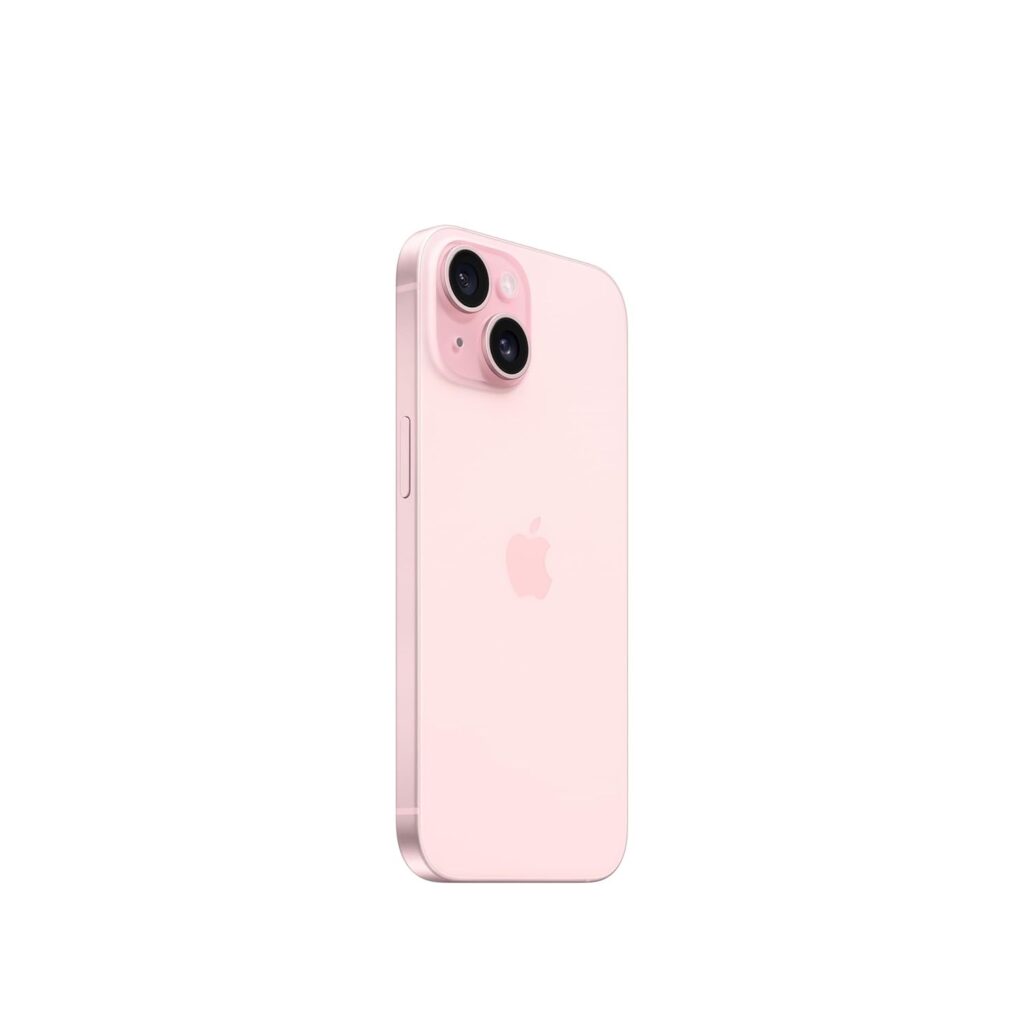

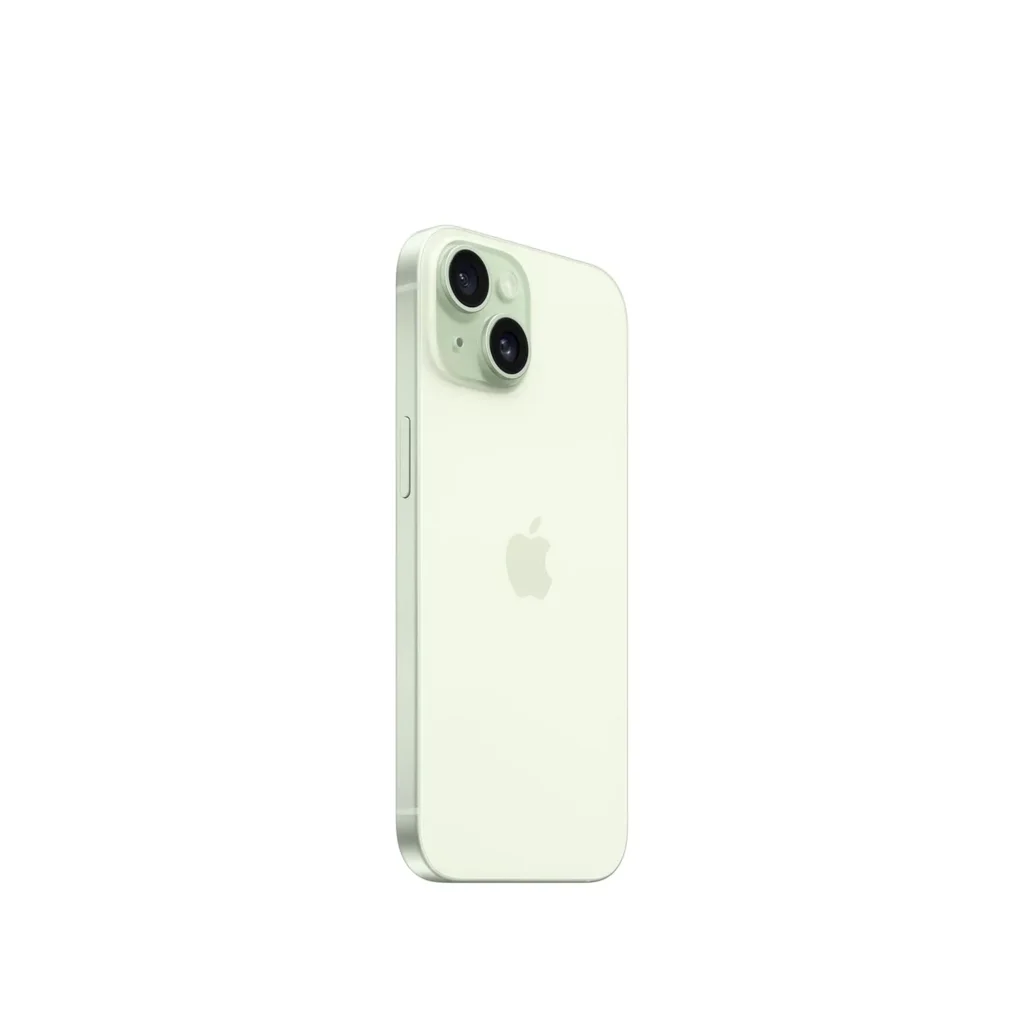
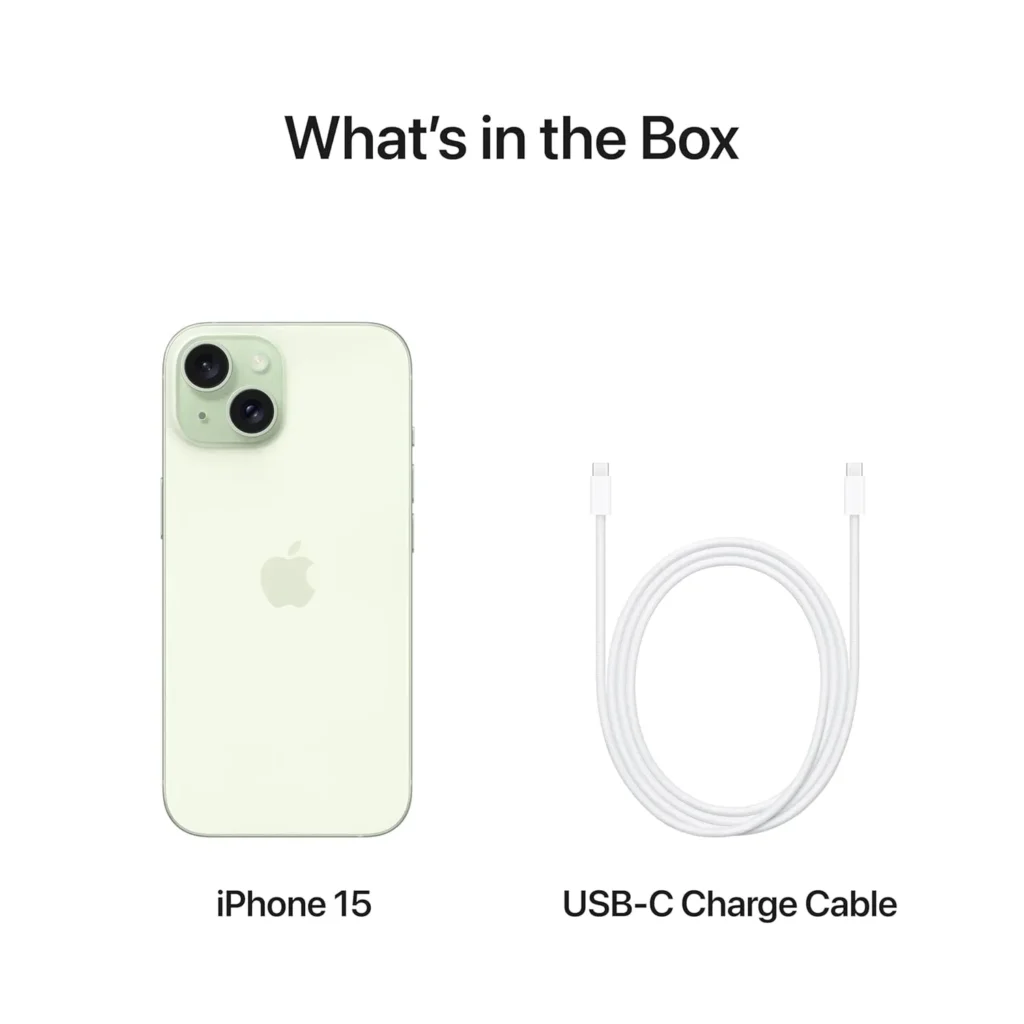
1 thought on “iPhone 15 vs Samsung Galaxy S23 Review: Which One is Worth It? | Full Comparison (2025)”